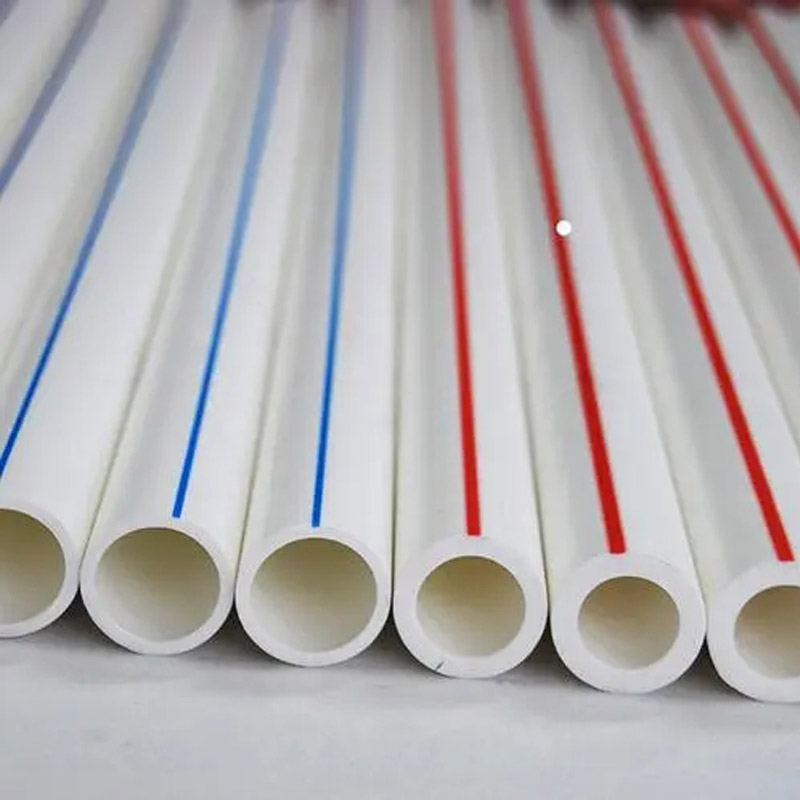Sep . 04, 2024 04:36 Back to list
china pvc to hdpe pipe connection
Connecting PVC to HDPE Pipes Methods and Considerations
The plumbing and construction industries frequently encounter the challenge of connecting different types of pipes. Two common materials used in piping systems are Polyvinyl Chloride (PVC) and High-Density Polyethylene (HDPE). Each material has its unique properties, making them suitable for specific applications. This article explores effective methods for connecting PVC to HDPE pipes and the factors to consider during the process.
PVC pipes are widely recognized for their lightweight, corrosion resistance, and ease of installation. They are commonly used in drainage, irrigation, and wastewater systems. On the other hand, HDPE pipes are known for their high toughness, flexibility, and resistance to impact and chemicals, making them ideal for pressure applications and underground installations.
Connection Methods
1. Mechanical Couplings One of the most straightforward ways to connect PVC and HDPE pipes is using mechanical couplings. These fittings typically consist of a rubber gasket and a metal or plastic clamp that can accommodate both types of pipes. Installation involves cutting the pipes to the desired length, aligning them, and securely fastening the coupling. This method is advantageous because it provides a strong and leak-proof seal, while also allowing for some flexibility in the connection.
2. Adhesive Joining Although PVC is typically joined using solvent cement, it's essential to note that such a method is not compatible with HDPE. Therefore, this option is generally not favored for PVC to HDPE connections. Instead, using a transitional fitting that incorporates a solvent weld section for PVC and a mechanical connection for HDPE is a recommended approach. These fittings are specifically designed to handle both materials and ensure a tight seal.
china pvc to hdpe pipe connection

3. Flanged Connections For larger pipe diameters or applications where easy disassembly is necessary, flanged connections can be beneficial. This method involves attaching a flange on the end of the PVC pipe and another on the HDPE pipe. The two flanges are then bolted together, ensuring a secure and strong connection. Flanged connections provide the added advantage of allowing for easy maintenance and replacement.
4. Compression Fittings Compression fittings can also be used to connect PVC and HDPE pipes. These fittings work by using a ring to compress the pipe ends together, creating a seal. They are relatively easy to install and do not require welding or specialized tools. However, ensuring that both pipe ends are cut smoothly and are of the same diameter is crucial for a successful connection.
Considerations
When connecting PVC and HDPE pipes, several factors must be taken into account
- Pressure Ratings It is essential to ensure that the pressure rating of the coupling or fitting matches the requirements of the system to avoid failures. - Temperature Variability Both materials can behave differently under temperature changes, leading to potential leaks if not properly addressed. - Local Codes and Regulations Always check local plumbing codes and regulations to ensure compliance with materials and installation methods.
In conclusion, connecting PVC to HDPE pipes can be efficiently achieved using various methods ranging from mechanical couplings to flanged connections. Understanding the properties of each material and considering the specific requirements of the installation will help in selecting the best connection method, resulting in a durable and leak-free plumbing system. Proper installation and attention to detail will ensure the integrity and functionality of the joint for years to come.
-
Premier HDPE Sprinkler Pipe Manufacturers | Durable Solutions
NewsAug.01,2025
-
DN500 HDPE Double Wall Corrugated Drain Pipes | Durable & Efficient
NewsJul.31,2025
-
1/2' PVC Electric Protective Pipe - Durable, Lightweight Conduit
NewsJul.31,2025
-
DN25 PPR Water Pipes for Kitchen - Durable & Leak-Proof Plumbing Solution
NewsJul.30,2025
-
HDPE Sprinkler Pipe Manufacturers – Durable Irrigation Solutions
NewsJul.30,2025
-
High-Quality DN150 HDPE Pipes for Gas Delivery – Durable & Leak-Proof
NewsJul.29,2025

